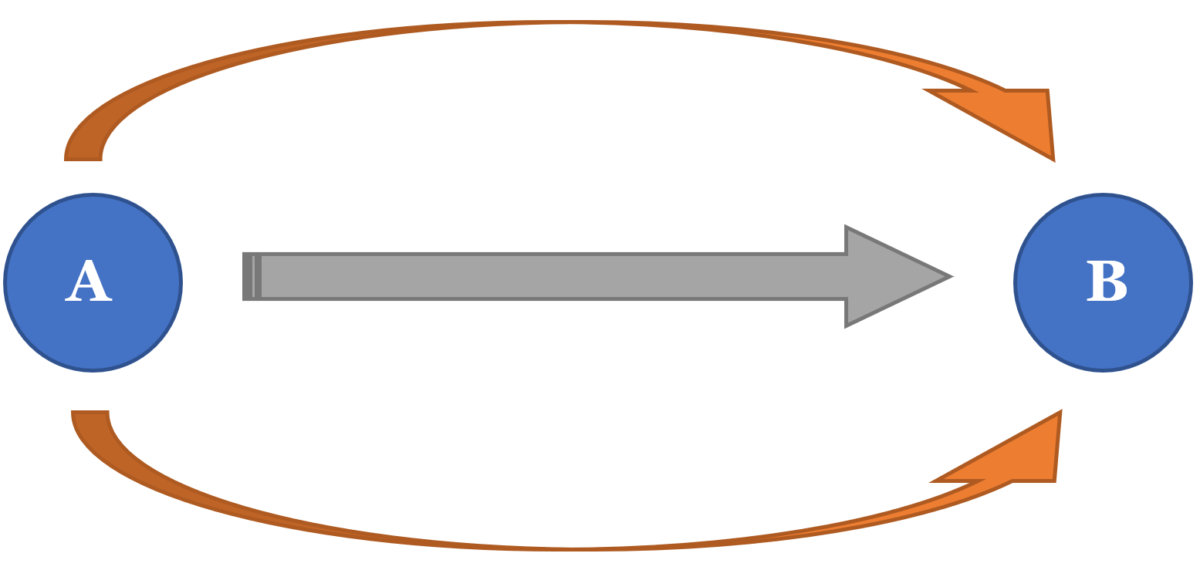Measuring in Multiple Dimensions
1/2/18 / Kevin Raines
The shortest route between any two points is a straight line.
Don’t dance around.
Get to the point.

Sometimes being indirect is the best route.
We hear such sayings everyday. Indirectness is often seen as a liability, circuitousness as a weakness. But in our work, that’s not always the best strategy.
Understanding people and behaviors requires us to understand the context in which they live, think, and make decisions, and that’s a difficult thing. In my 18 years of work as a market researcher, one thing that I’ve learned is that people have such a wide variety of perspectives on life that there’s no way I can take them all into account when conducting research. The best I can do is to piece together the patterns that I see in the data and use that to enlighten myself and my client.
In order to do that, sometimes you can’t just ask one question. You have to triangulate. This may involve asking different types of questions that circle back to the same general topic in different ways. It’s expensive, relatively speaking, because it keeps you from asking other questions in that same survey space, but it can be valuable.
However, it is indeed a luxury to be able to engage in this practice. So we look for other approaches where possible.
As a variant on that approach, one of my favorite tricks of the trade is to ask complementary questions, questions that help you understand the context of a particular issue. It may not give you different perspectives, but it’s an efficient way to add value in multiple ways.
For example, if we ask about desire for various recreational opportunities, we ask simultaneously how important it is to their quality of life. This gives us three measures for the price to two: desire, importance, and the combination of the two. It helps us understand the issue and its context. For mental health issues, we may ask about how common they are in households, but also what their impact is. Again, we get three items of information for the price of two.
More importantly, this gives us a context for measuring opinions and issues. By asking related questions in two or three different dimensions, we can measure issues with a more rich understanding.
I hope you found this post interesting, but also informative and important.
